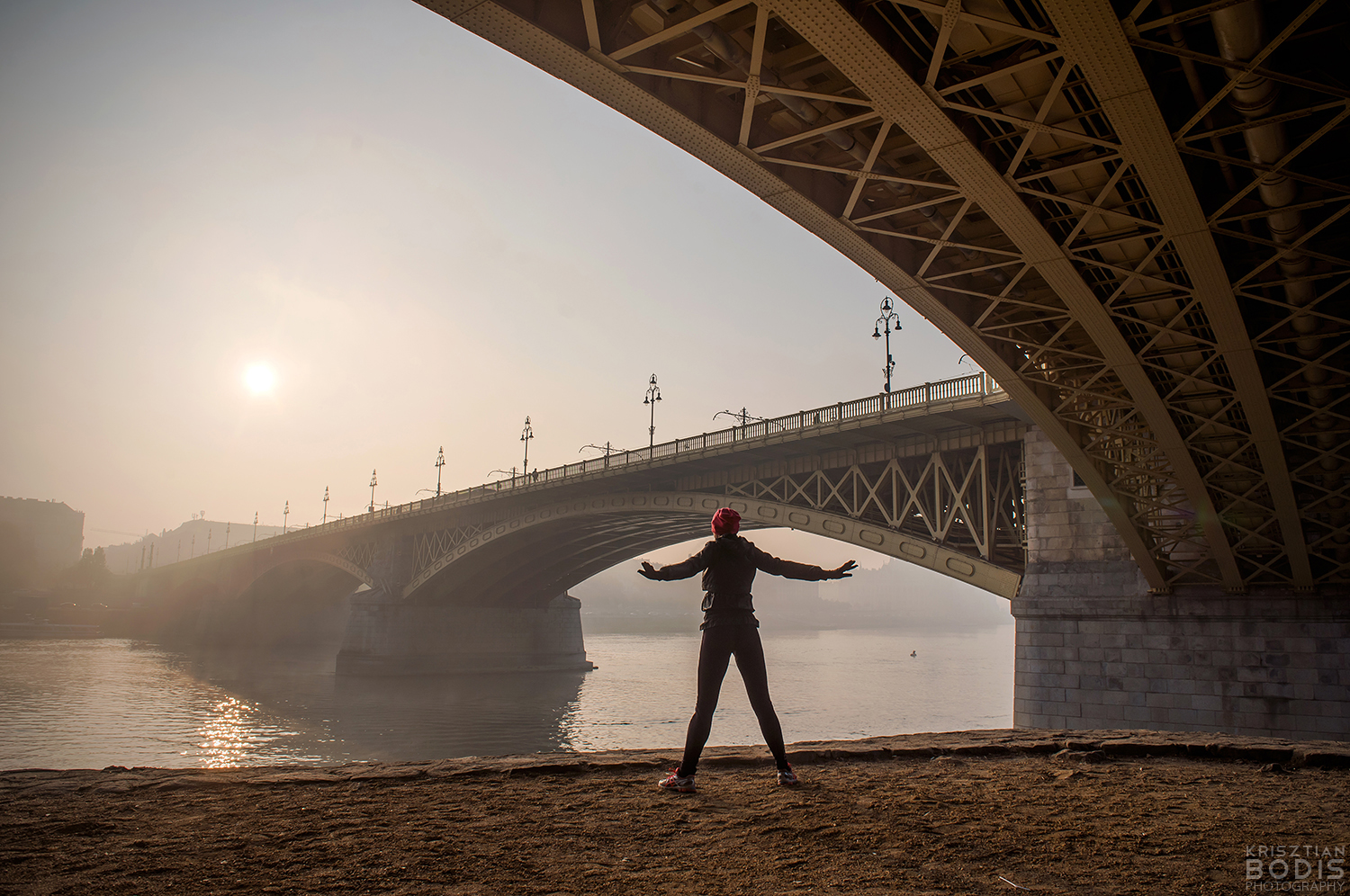The broad Danube River bisects Budapest with dramatic splendor, setting the stage for the city’s dual skylines rising distinctively above both banks. But Hungary’s capital also boasts a trio of spacious island parks that provide precious urban green space within the waterway: Margaret Island, Óbuda Island, and Népsziget. Below we present a quick guide for visiting all three of these pleasure islands full of panoramic viewpoints, sprawling tree-lined meadows, and varied attractions ranging from athletic facilities to waterfront bars to a musical fountain with high-tech special effects.
Margaret Island
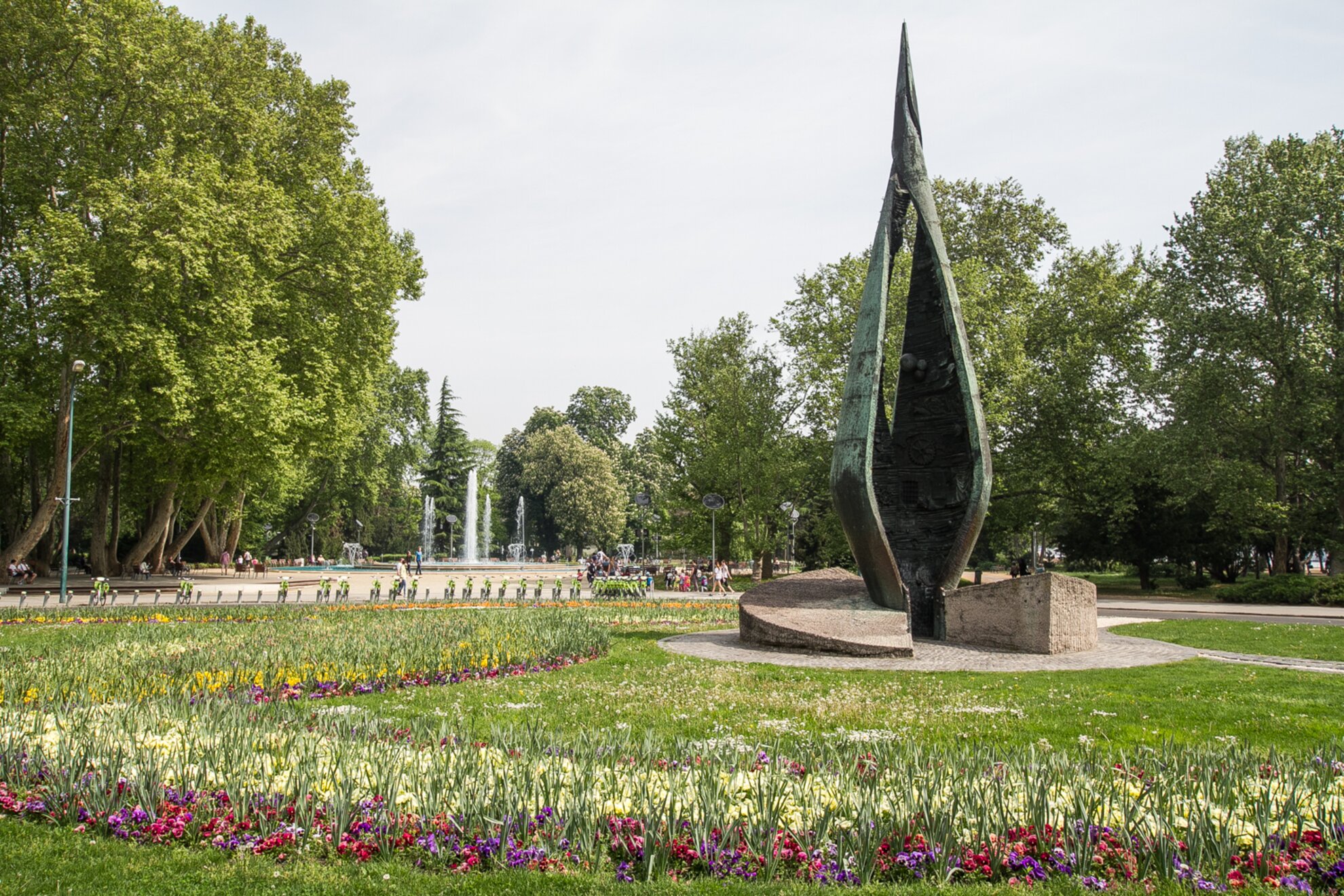
Budapest’s most popular island park just happens to be the Danube isle that is closest to downtown – Margaret Island, stretching 2.5 kilometers north from Margaret Bridge, which provides easy access to the park from both Buda and Pest. First occupied by the Knights of St. John during the 12th century, the island hosted churches, nunneries, and cloisters throughout the late Middle Ages; the isle is named after Saint Margaret (the daughter of Hungarian King Béla IV), who lived in a Dominican convent here. During Hungary’s period of Ottoman occupation, the holy sites were destroyed – although several impressive ruins still remain – and then in the 18th century the entire island was designated as a royal hunting ground, before it was declared as a public garden in 1908.

Today Margaret Island is a gathering place for all ages, where families and friends enjoy picnics on grassy meadows shaded by massive plane trees, while other draws include open-air concerts, well-developed sports and recreation facilities, and manicured gardens brimming with colorful flowers – not to mention a few open-air bars for wild summer nights. However, Margaret Island is also an ideal site for a quick escape from Budapest’s concrete jungle, whether taking a long walk or bike ride on the parkland’s crisscrossing paths or just sitting on a bank-side bench to watch riverboats glide by for a few peaceful moments.
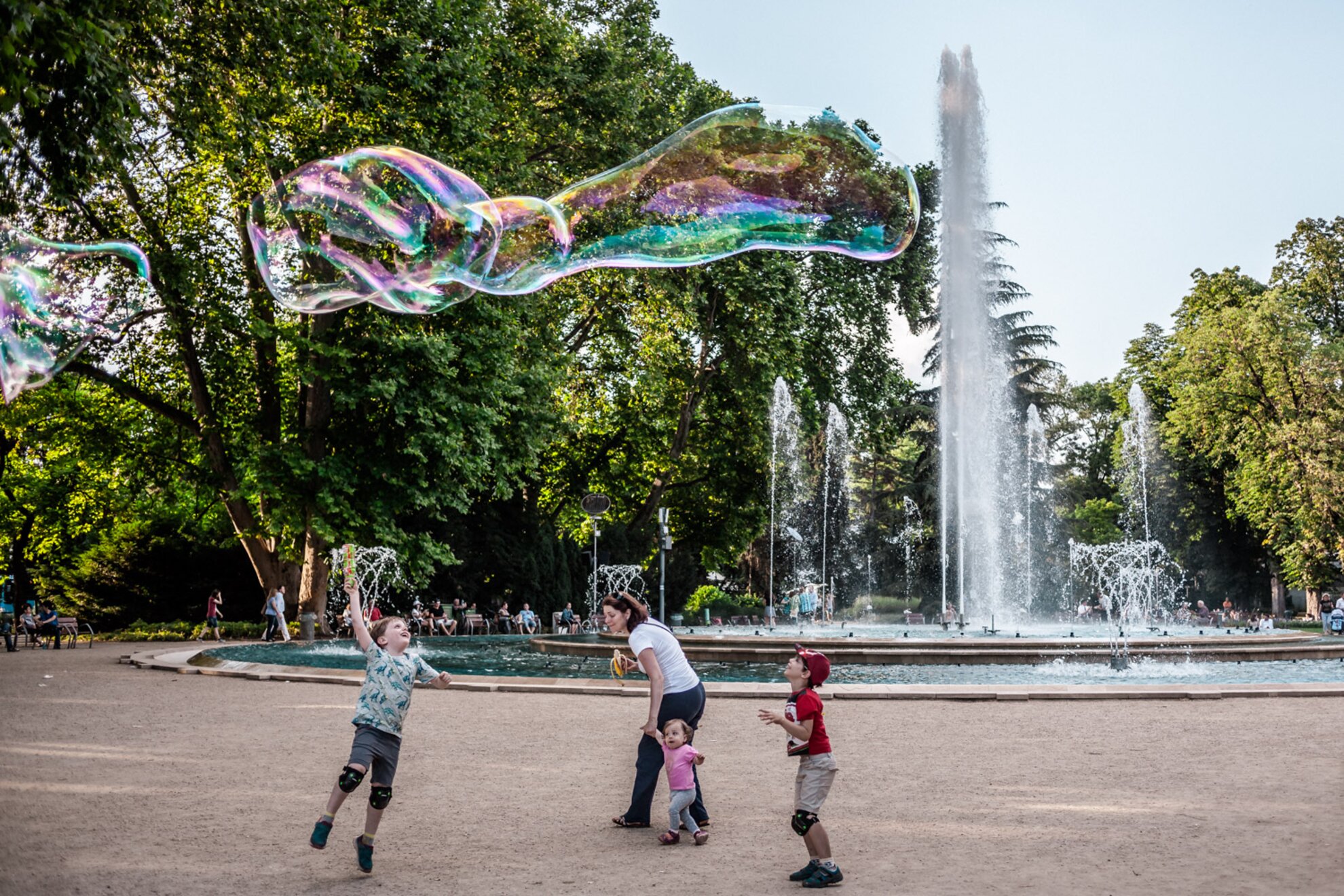
ATTRACTIONS: Soon after walking onto Margaret Island from statuesque Margaret Bridge, you’ll encounter the widely beloved Musical Fountain, which sends dancing water streams many meters skyward while recorded tunes (ranging from classical greats to pop hits) play in sync with the soaring liquid spectacle; last summer special light-show effects were added for nighttime shows. Keep walking north past the historic casino to find wide-open meadows full of Frisbee-tossing teens and fun-loving families enjoying sunshiny picnics. Looming over them all is the century-old Margaret Island Water Tower, which is also the centerpiece of a grand amphitheater hosting many of the open-air performances of the Budapest Summer Festival.
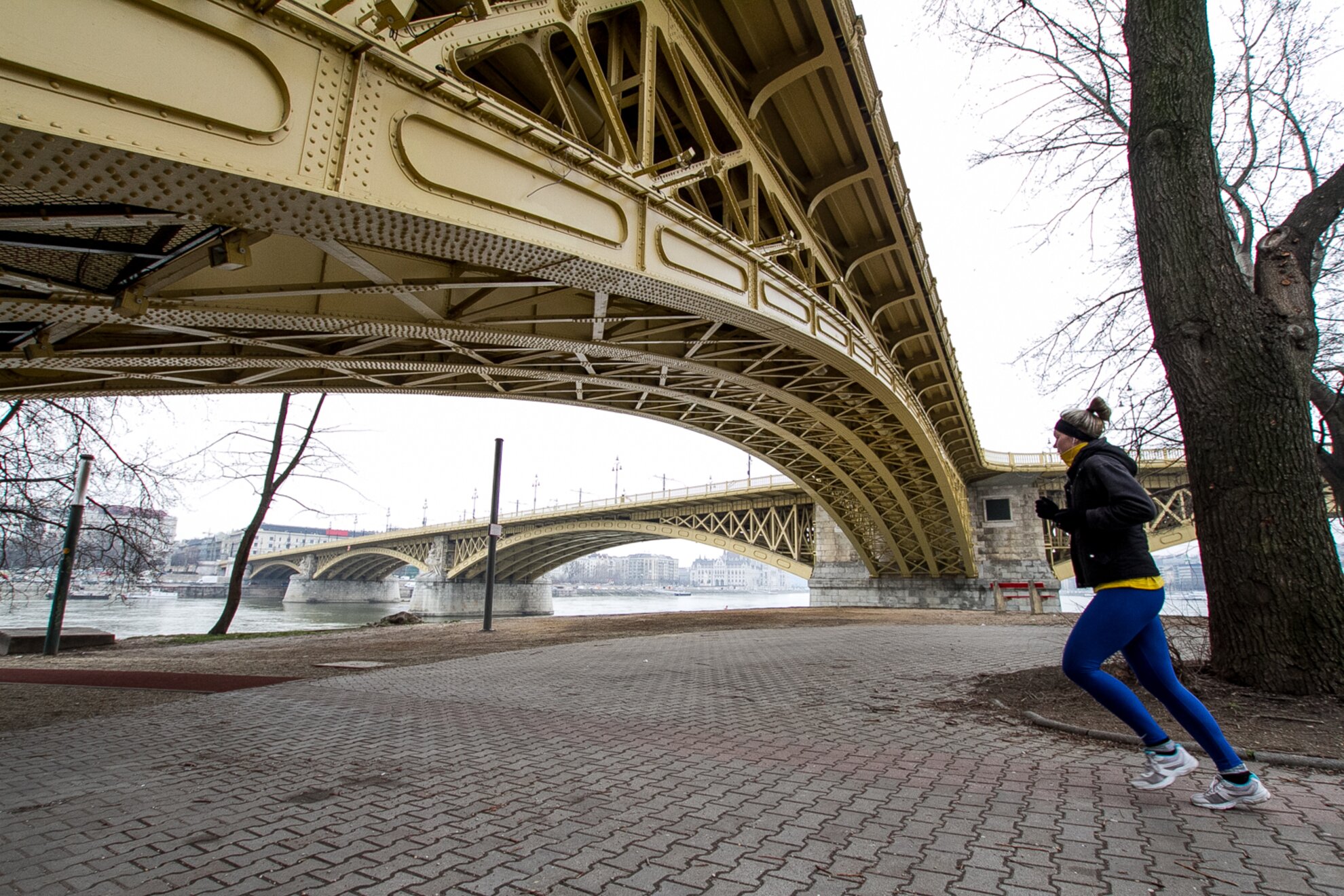
There are many facilities for athletes here, including tennis courts, street-workout equipment, and a rubberized running path stretching over five kilometers around the isle’s circumference, offering joggers sweeping views almost the entire way. The southern end of Margaret Island also features the recently restored Alfréd Hajós National Swimming Complex – one of Hungary’s prime venues for world-class aquatic competitions – while the Palatinus Bath welcomes everyone around the middle of the isle with a variety of soaking pools, playgrounds, water slides, and much more; last year Palatinus was renovated inside-out, so now it remains open year-round.
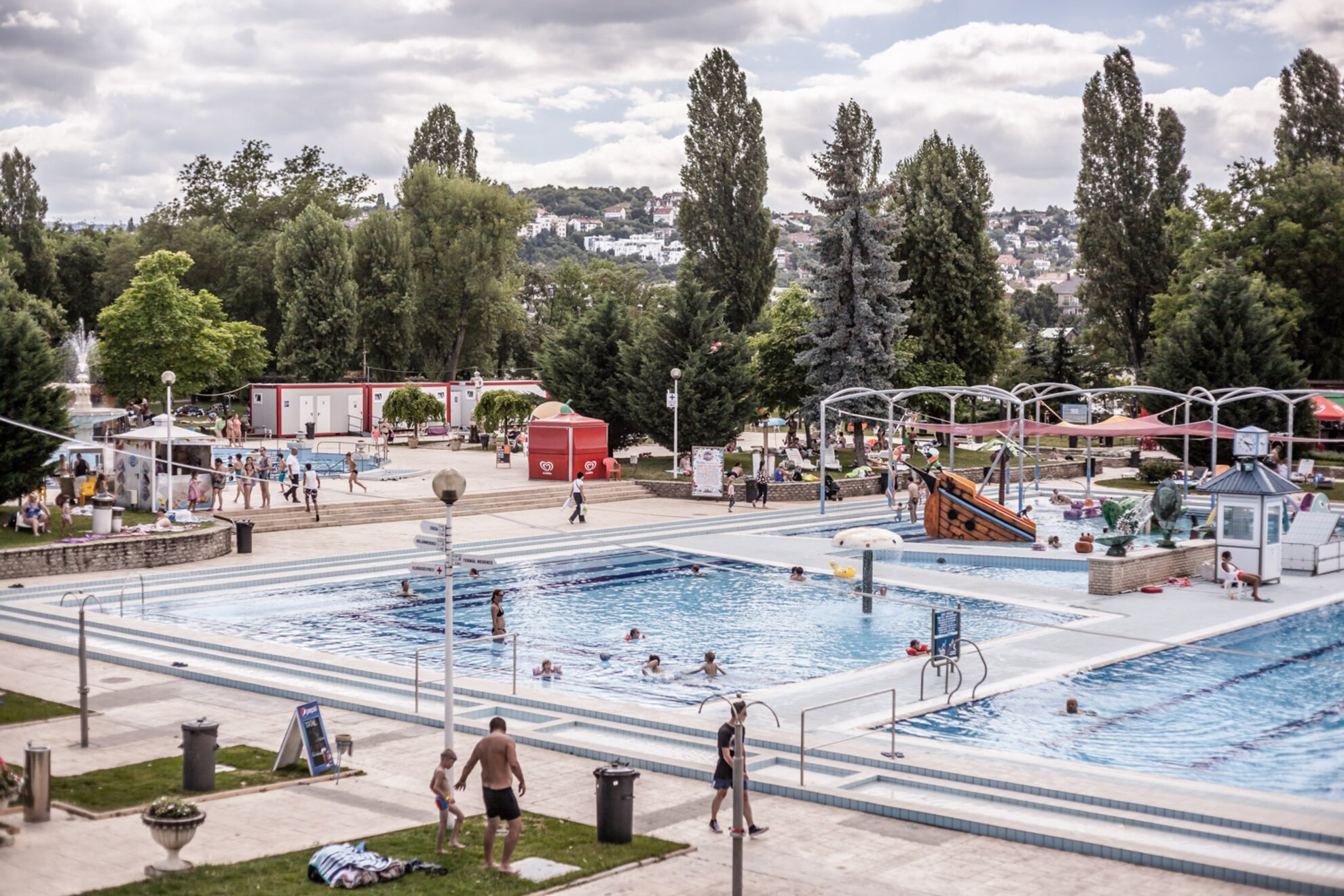
There are even more aquatic attractions on Margaret Island – at the northern end, the Danubius Grand Hotel Margitsziget is a historic hospitality palace featuring a complete thermal spa open to the public; currently the hotel is renovating its rooms and lobby, with the work expected for completion this spring. The nearby Japanese Garden is another family favorite for both its serene greenery and the pleasant pond occupied by ducks that anyone can feed with a few forints; speaking of animal attractions, don’t miss Margaret Island’s petting zoo if you’re here with critter-loving kids.
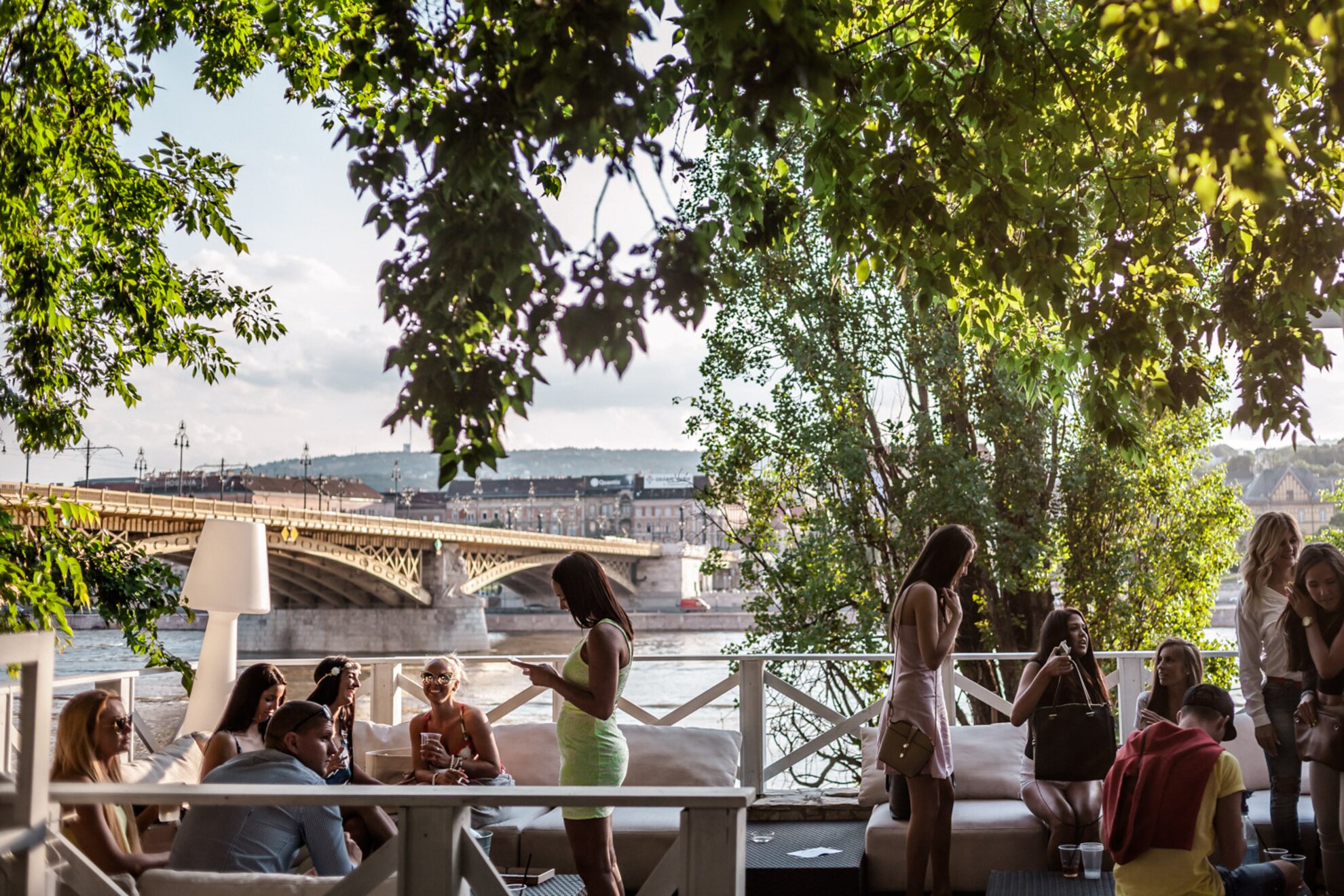
More low-key accommodations are also available here at the Island Hostel, a cool base for backpackers who seek a peaceful place to sleep after partying downtown – although the onsite Stég Pub is a tempting place to enjoy an early-afternoon beer amid nautical décor, whether you’re staying at the hostel or just passing by. Closer to Margaret Bridge, the trendy Raktár Beach club provides a taste of holiday sensations all summer long with cold drinks, grilled food, and delicious riverfront views.
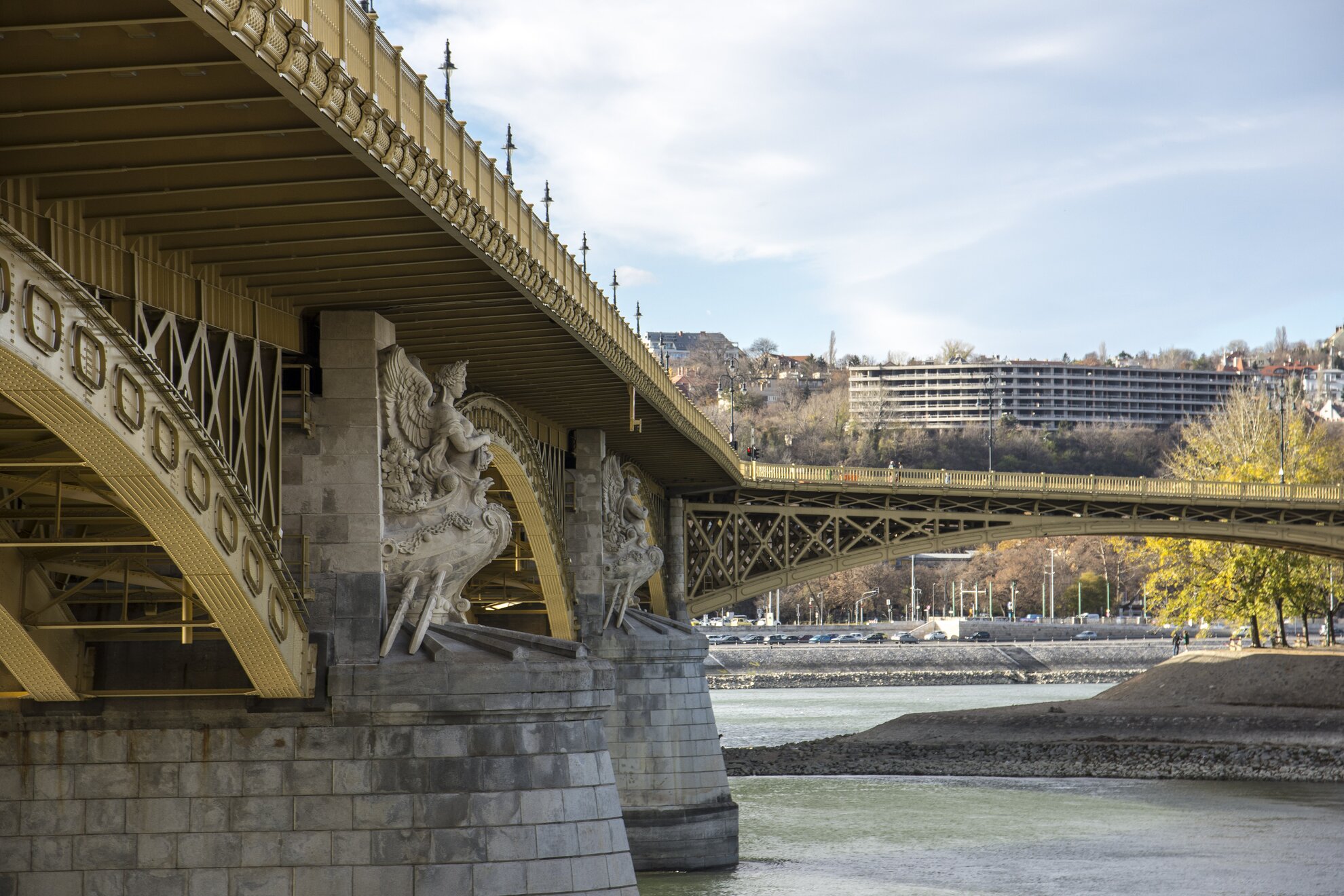
HOW TO GET THERE: Most people walk onto Margaret Island from Margaret Bridge; the 4-6 tram stops right in the middle of the span; the northern tip of the island is also accessible on foot from either Buda or Pest via Árpád Bridge. Alternatively, bus 26 departs from Nyugati Station to traverse the entire island, and Margaret Island also has its own dock for Budapest’s pleasant public ferryboats. Finally, although public cars are not allowed on Margaret Island, you can take a taxi to any paved point here.
Óbuda Island
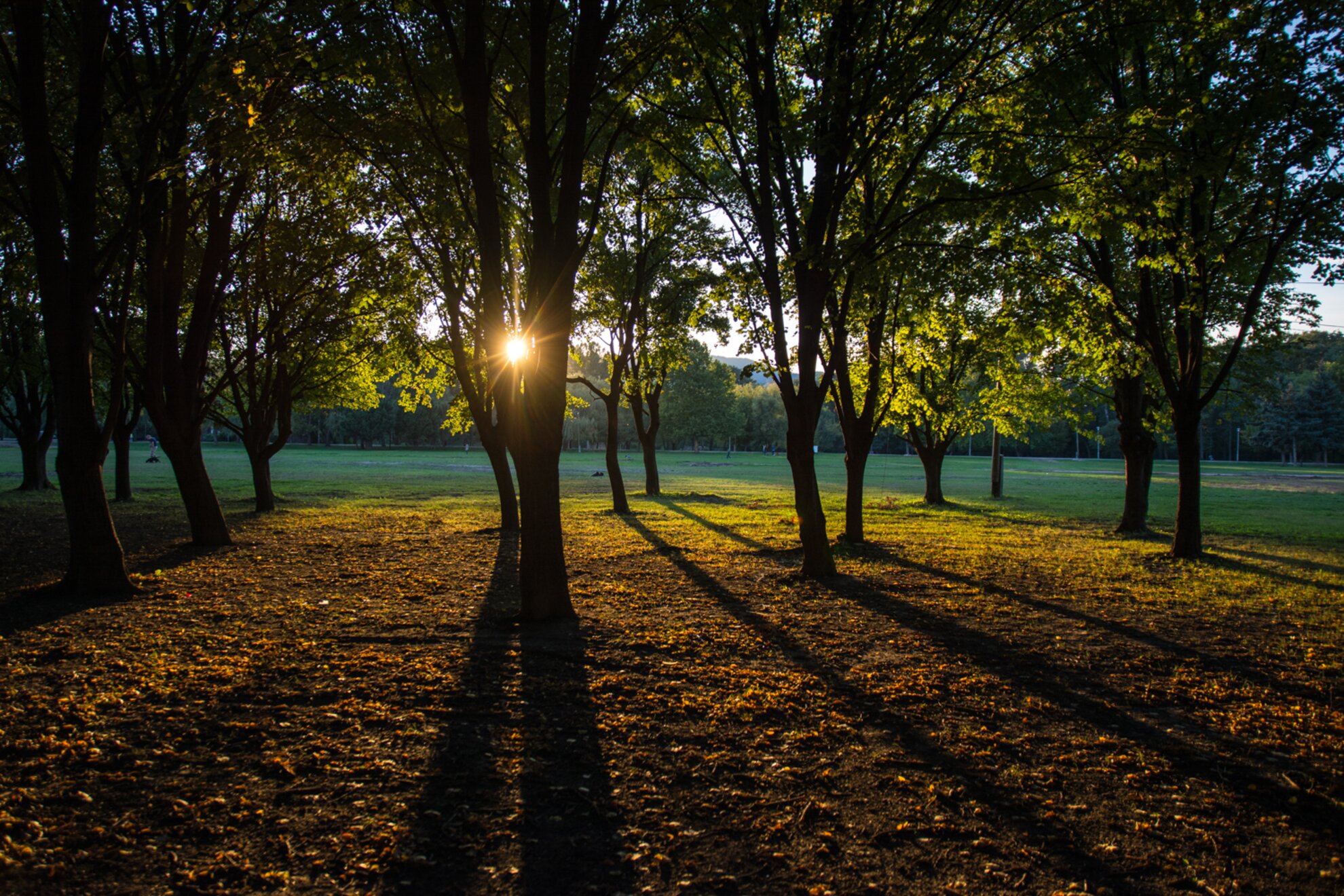
A little further upriver from Margaret Island, closer to the Buda bank, Óbuda Island is much less developed than its southern neighbor… except for a week during every August, when this is the site of Budapest’s annual Sziget Festival, one of Europe’s biggest blowouts featuring concerts by international superstars and all kinds of creative attractions aiming to provide something appealing for everyone. During the rest of the year, Óbuda Island is a haven for anyone seeking wide-open spaces and quiet forest paths, although a considerable section of the isle still shows the industrial scars from when this was Budapest’s primary ship-building center, as well as the rotting husks of defunct nightclubs from more recent times, when this was an anything-goes party place that was shut down by the authorities a few years ago.
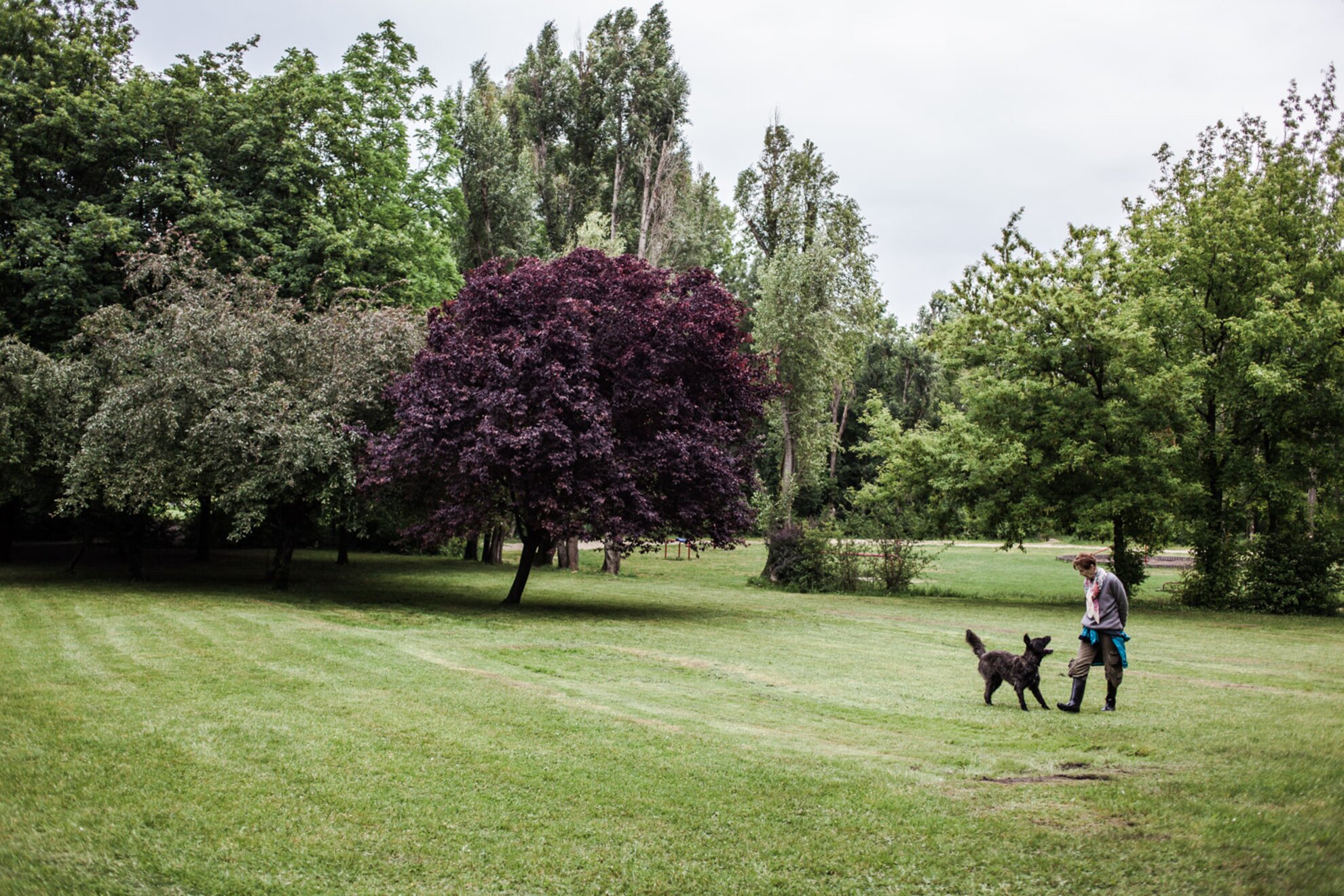
Beyond the grassy fields ideal for dog-walkers, some unexpected attractions now welcome visitors to Óbuda Island (also known as Hajógyári Island) – golfers appreciate this as the location of Budapest’s most central driving range, while kids are delighted when discovering a well-maintained playground equipped with extra-long slides. Some well-designed offices also fill some historic brick buildings here, and a handful of pubs are scattered among the grasslands, but otherwise this is a place to leave civilization behind… except for during the Sziget Festival, when Óbuda Island is a place to leave reality behind.
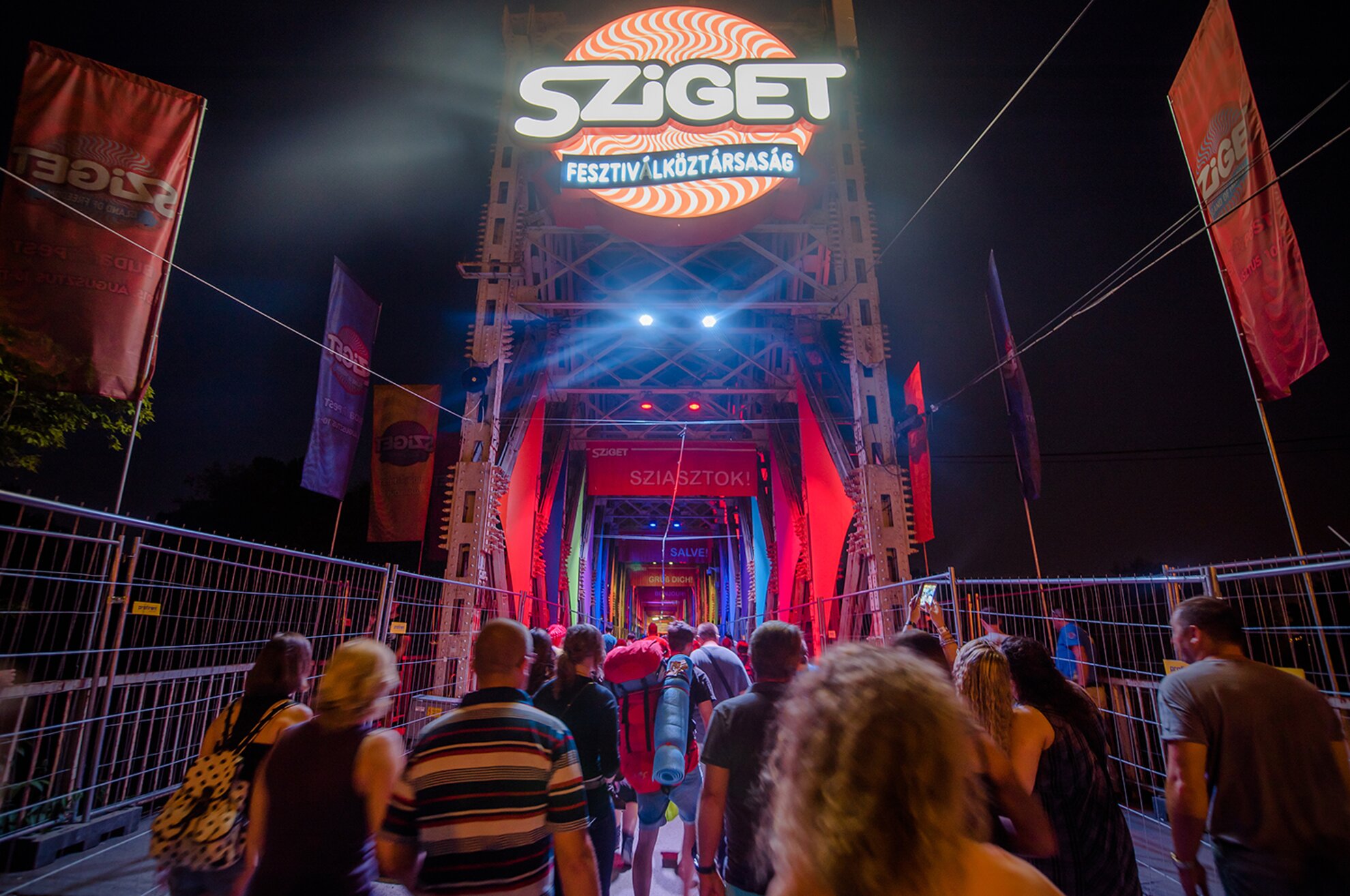
ATTRACTIONS: While it is happening (during August 8-15 in 2018), the aforementioned Sziget Festival is definitely the biggest draw of Óbuda Island, as thousands of party people come here from around the world to enjoy hundreds of concerts and other performances, or to simply drift around while admiring myriad mind-blowing scenes and imbibing at scores of temporary open-air taverns. However, this isn’t the only time when Óbuda Island is a destination for crowds of fun-seekers – the festival organizers also present Children’s Sziget here (during June 2-24 in 2018), when for an entire month families are welcome on Saturdays and Sundays for a wide array of free festivities for kids, including games, rides, performances, and much more.
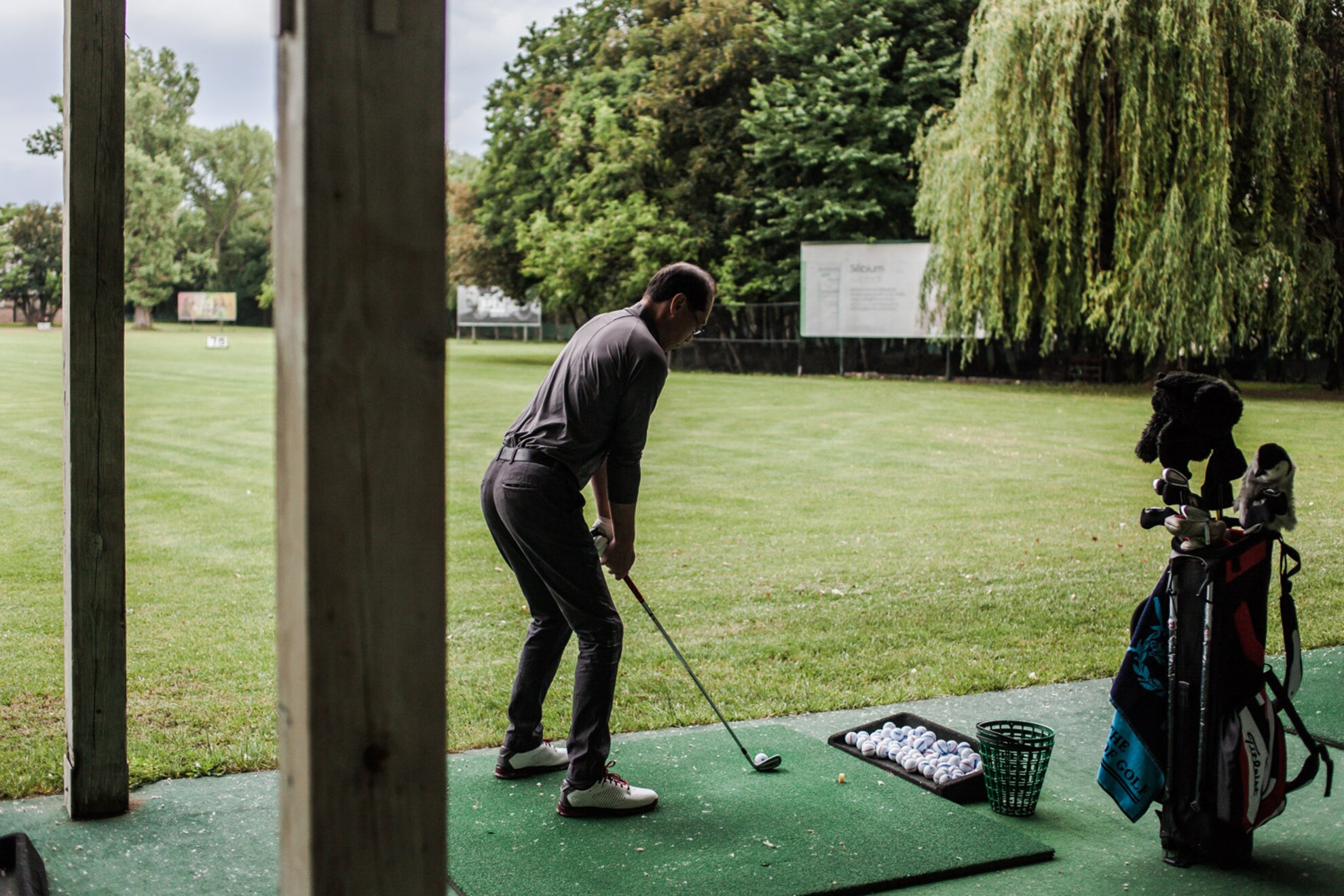
Another attraction here that lasts from spring through early autumn is Golftanya, a laid-back driving range offering club rental, tasty treats, and comfy seating areas for spectators, all tucked between shady trees and a huge warehouse wall – which sometimes serves as a movie screen for nighttime open-air film showings.

Any families who wander around the center of Óbuda Island will discover the excellent public playground featuring several incredible slides, installed on the side of the isle’s only real hill – even some adventurous adults will be tempted to enjoy a ride on some of these meters-long silvery chutes.

Otherwise, Óbuda Island’s main attraction during most of the year is its blissful emptiness, as open fields spread out for as far as the eye can see; every now and then, bikers and walkers will come across one of the surreal sculptures that were placed here over the years by local artists (even though many Sziget festivalgoers may believe these statues are figments of addled imagination, until taking a closer look).
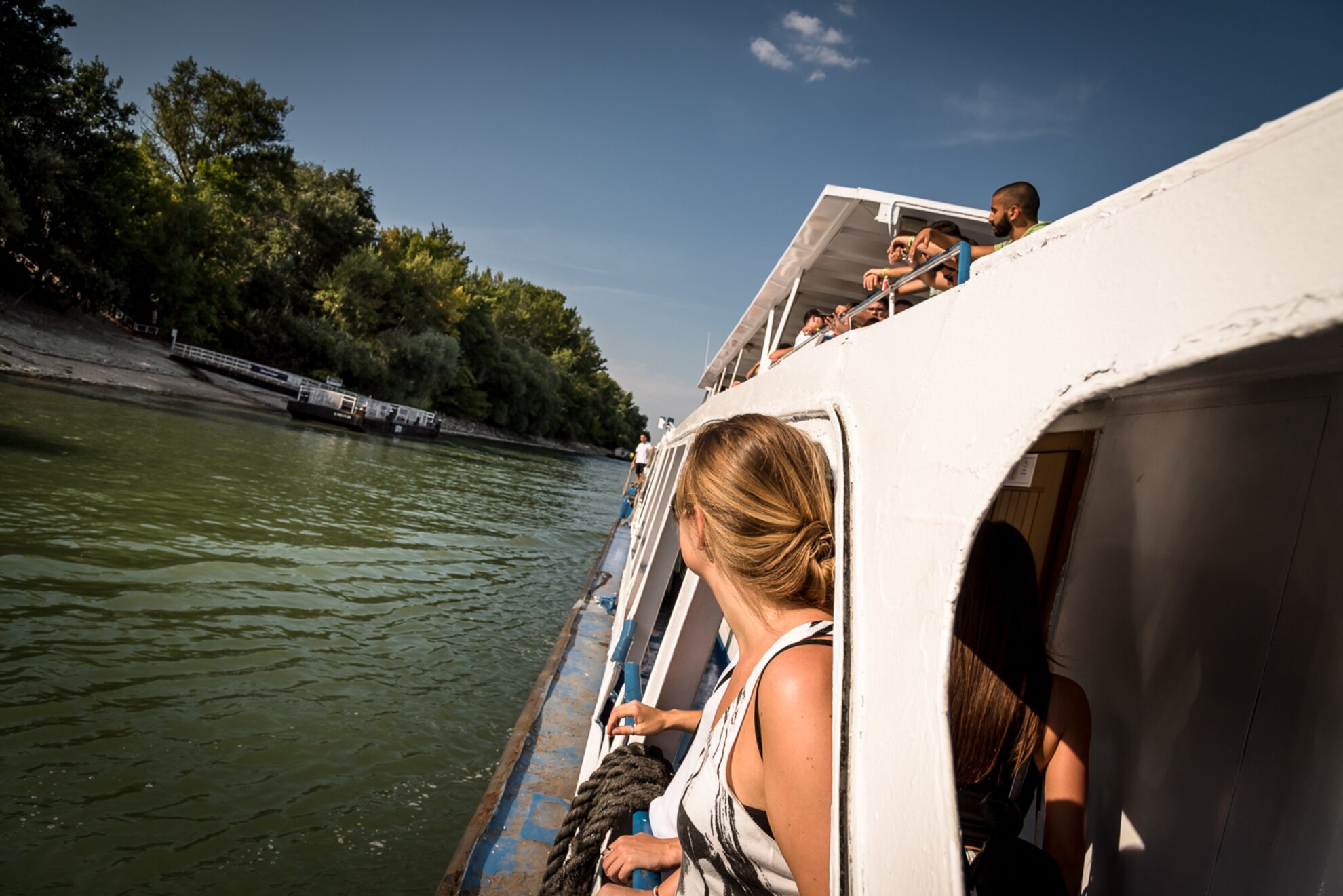
HOW TO GET THERE: Two bridges connect Óbuda Island with Buda – take the H5 HÉV commuter train from Batthyány tér to the Szentlélek tér stop to find the bridge to the southern portion of the island (it will be visible across an adjacent road when disembarking from the train); the office buildings and Golftanya are both a short walk from here. The second bridge is close to the H5 train’s Filatorigát stop – just walk past the car dealership and gas station toward the river, and you will see the green rail bridge with “K”-shaped support girders; this is the primary entrance to the Sziget Festival (and also during Sziget, a ferryboat takes partiers to reach the gigantic jamboree from downtown). Otherwise, bus line 226 provides very limited summertime service on Saturdays from Nyugati Station to Óbuda Island.
Népsziget
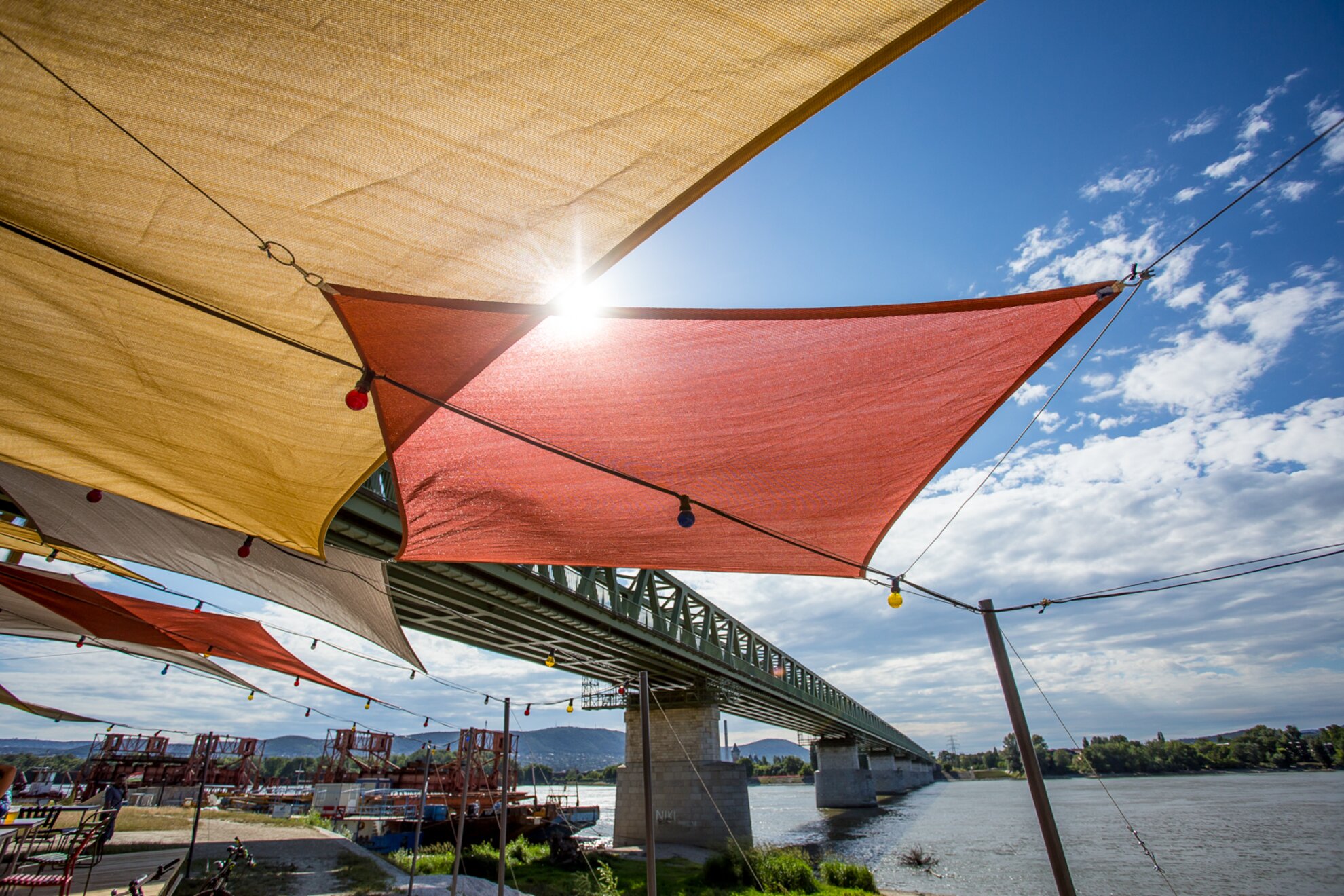
After decades of neglect, Népsziget is currently being rediscovered as a potentially pleasant destination close to the Pest riverfront well north of downtown but still inside the city limits… but for now this is something of a wild frontier best suited for urban explorers and dedicated riparian athletes. During Hungary’s era under communism, efforts were made to turn this once-bustling industrial area into a vacation destination, but now the island’s campgrounds and hotels are largely abandoned and overgrown, while a few holiday homes appear to be occupied year-round by people living on the fringes of society; Népsziget is also populated by many homeless people.
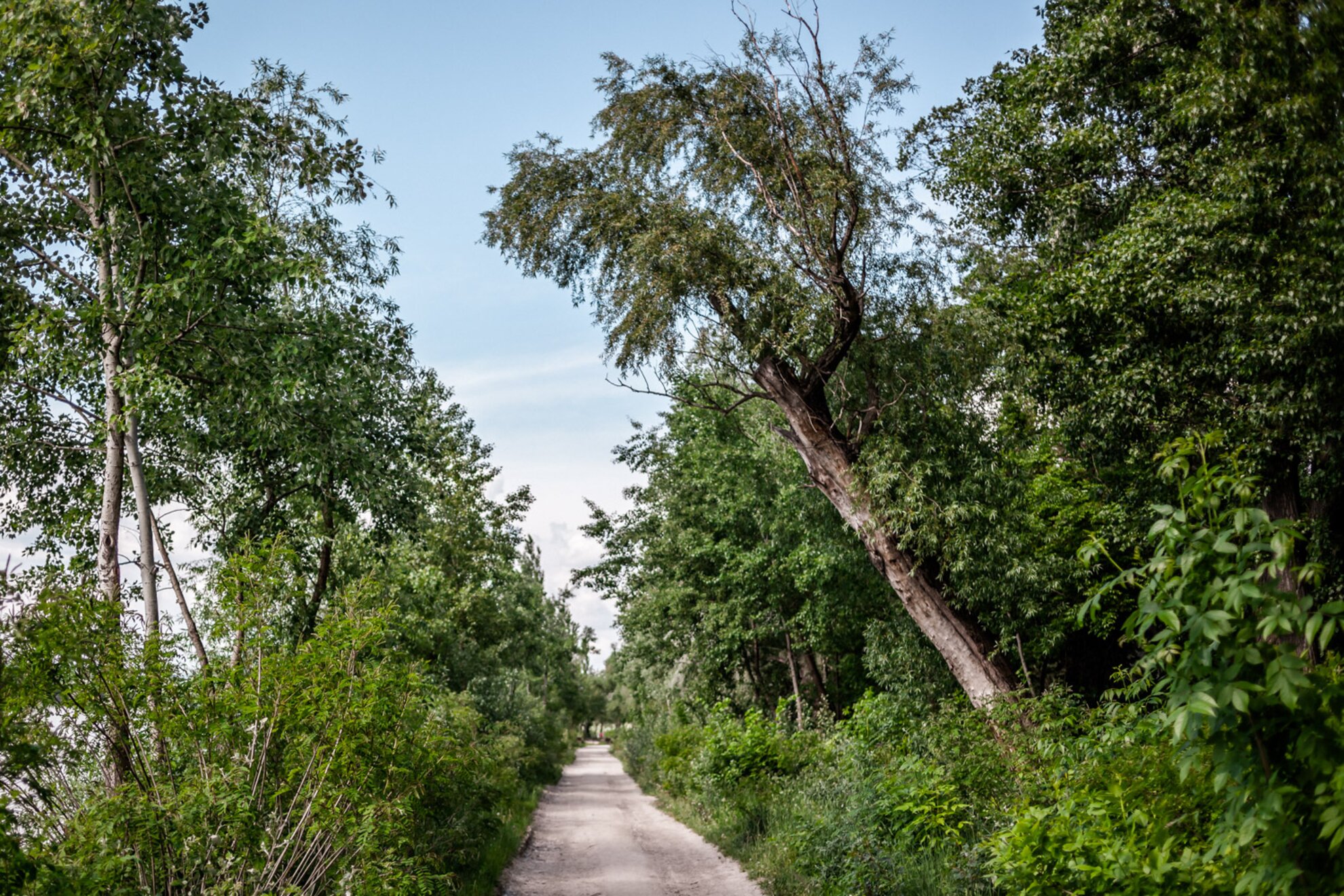
However, some beautiful views over the Danube and Buda Hills await anyone who ventures out along Népsziget’s long riverside path, while graffiti-covered abandoned factories and overgrown campgrounds are easily accessible for admirers of Soviet-era ruins, all presenting picturesque opportunities for photographers or rock bands looking for an edgy location to do an album-cover shoot. Furthermore, this is one of the city’s best destinations for rowing enthusiasts, as several impressive facilities for kayaking and canoeing are active here, creating an interesting juxtaposition between the island’s sporty visitors and their sometimes-moribund surroundings. What’s more, one of Budapest’s coolest new outdoor bars opened here last year, and the gritty charm of Népsziget is likely to grow with the development of the surrounding district as more entrepreneurs inevitably recognize the potential of this forgotten isle.

ATTRACTIONS: We won’t lie to you – if you’re looking for a beautiful Danube-isle parkland that will appeal to everyone, please stick with Margaret, and maybe venture out to Óbuda once in awhile for some solitude; Népsziget is littered with broken glass, crumbling concrete, and stray strands of barbed wire, so it’s not exactly a family-friendly location.

However, with the right set of eyes, a wander around Népsziget can be fascinating for urban adventurers with an appreciation for history – it’s easy to imagine this as a summertime proletarian paradise during communist times, when kids must have run wild around currently forlorn campgrounds while parents enjoyed cold beers at now-shuttered snack bars; furthermore, there are still plenty of green spaces where strolling explorers can enjoy peaceful patches of forested nature scored only by the sound of singing birds.

There are exceptions amid the island’s generally dilapidated conditions – Népsziget’s southern end features multiple well-maintained and active clubs for boating enthusiasts, including the Budapest Rowing Association offering lessons for kayaking and canoeing available to anyone for reasonable one-time or multiple-lesson rates; sessions are primarily conducted in Hungarian, but English-speaking visitors are still welcome.

A smattering of pubs and eateries exist on Népsziget, but during our early-April visit to the island, it was impossible to tell if they were all closed for the winter or closed for years… but we can confirm that Kabin – a beachy riverfront hangout that was one of Budapest’s most beloved new open-air bars last year – will be back this summer in the same Népsziget location under the green-girder bridge toward the northern end of the island; we are certainly looking forward to returning there as soon as possible.

HOW TO GET THERE:Népsziget is pretty much off the map so far as Budapest’s public transport is concerned, but if you take the M3 metro (or the current replacement buses while the metro is being refurbished) northbound toward Újpest and get off at the Gyöngyösi utca stop, then cross Váci út toward the Duna Plaza mall and walk down Meder utca beside it toward the river, you’ll soon encounter a bulky white bridge accessible only by stairs (although equipped with bicycle-wheel ramps) – this crosses a narrow Danube inlet to the southernmost tip of Népsziget. Alternatively, most of the island is accessible by car – in District XIII, take Zsilip utca off of Váci út, and it will lead you right to Népsziget across a thin strip of land at the isle’s northern tip.
